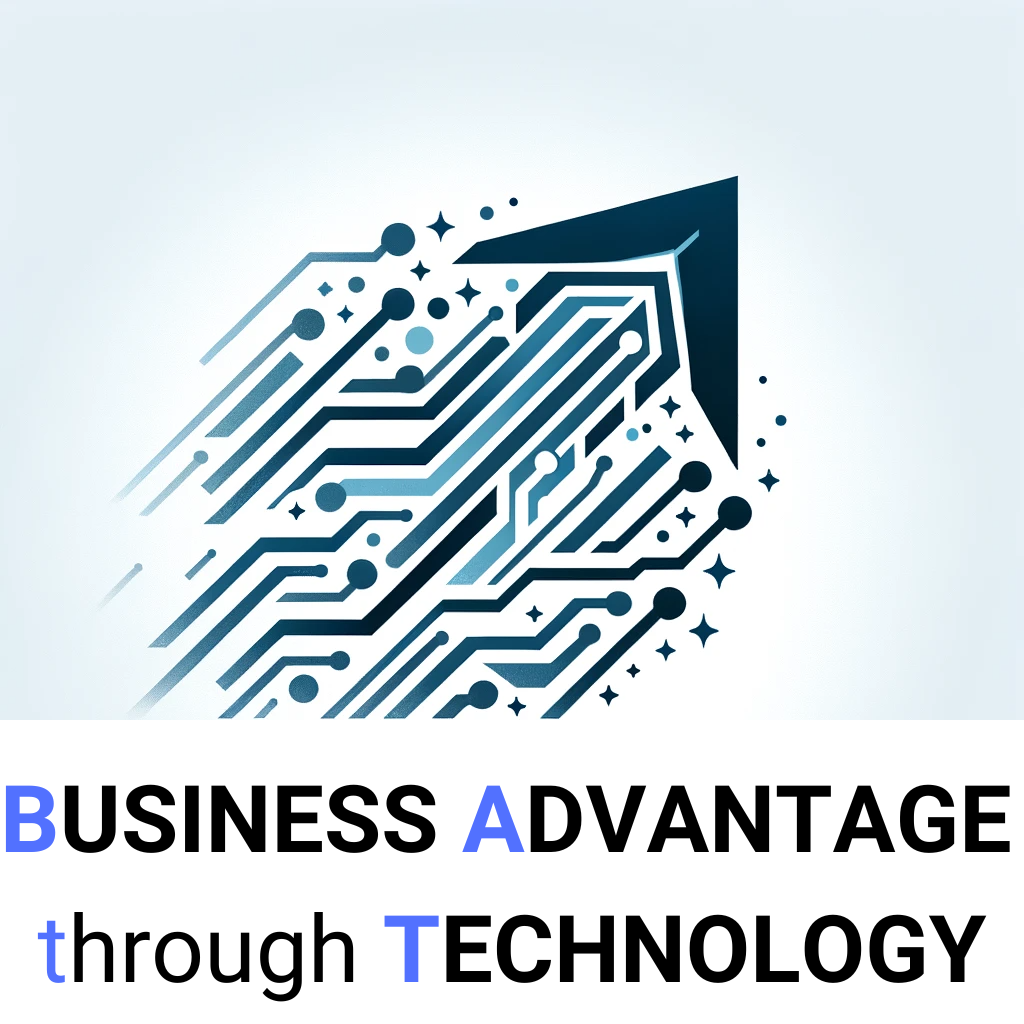
Project Management in SMEs – get it right!
Does project management require a project manager?
Seems to be a regular enough assumption in small and medium size enterprises that a business or line manager has the skills to deliver project management. And, from what I have seen, this assumption has often proved costly.
What are the skills of a project manager and why it it so often assumed that any manager can manage a project?
Project manager activities
Generally a good project manager will:
- Understand the principles of project management e.g. PMI
- Understand where you are (A)
- Understand where you are trying to get to (B)
- Work out the jobs to be completed to get from A to B
- Allocate the jobs to competent people
- Track progress – managing the critical path
- Communicate with all relevant stakeholders
- Ensure project is closed out
And use his/ her experience to deal with issues as they arise and manage them within the original scope, timeline and budget – including agreeing any changes to scope/ timeline/ budget with the project sponsor.
There are lots of reasons a business/ line manager may struggle to do all of this.
Issues for the business/ line manager acting as Project Manager
- Too busy managing his/ her area of the business
- Struggle to manage resources within the business outside direct control
- Not familiar with tools of project management – resource plans, budgets, gantt charts, etc
- Unable to secure additional resource as may be required
- Inexperienced in managing multiple vendors – likely to include IT vendors (applications, implementation, infrastructure/ cloud
- Inexperienced in testing – systems testing, user acceptance testing
- May not have required communication skills
- Inexperienced in change management
- Inexperienced in addressing interdependent issues as they arise – resulting in scope/ time/ budget changes – tracking these and staying on control of the project
The time commitment (which varies as the project prgresses or stalls) – is probably the single biggest issue. There will be line managers who would make excellent project managers – but only if they have time. And whereas a PM is focused 100% on delivery, a line manager’s first concern is with his/her department and the department’ responsibilities and personnel.
The Vendor Project Manager
Another even more risky strategy is relying on the PM from the vendor to perform the PM role. This ignores the fact that the client and the vendor have different commercial objectives. The client needs their own PM assessing the performance, inter alia, of the vendor (and the vendor’s PM activities as they relate to the overall delivery of the project).
The preferred option
The project manager should have experience in the discipline of project management. If the PM role is to be played by a line manager – then this person should have the appropriate experience, skills and available time. Lots of things may occur during the life time of the project, including:
- Realisation that original analysis has missed something – or led to an unworkable design
- Key people leave – within the company or within one of the vendors
- Unexpected delays – resourcing challenges, delays in software modifications, unanticipated issues with data migration
- End users change their requirements/ expectations as they see the capability of the new system
- Requirements to reduce expectations where evolving timelines and budgets prove problematic
- Increased supervision by senior execs and/or board – where there are issues impacting delivery
- Potential required to switch to a phased delivery – or changes in phases and or scope of what is delivered in each phase
- Commercial changes in the contract arising from scope changes
Often the administrative effort is underestimated:
- Managing internal resources from several departments – multiple meetings/ workshops through the week – tracking the outcome of these
- Reporting to a project Office, CIO, COO or CEO
- Managing multiple vendors
- Preparation for USer Acceptance Testing (Strategy, resourcing, training, scripting)
- Scheduling of User Acceptance Testing and Ebd User Training
If the company does not have internal PM resources – then there are many options for contracting in PM resources. But the company is missing a real opportunity to develop skillls and knowledge inhouse by not dedicating appropriately trained, internal resources. Which ever option is pursued – either is better than thinking the vendor will PM or that a ‘light touch’ from a line manager will suffice. So many failed and late projects to prove this. Even when you structure and run a project ‘according to the book’ there will be issues and risks to be managed. Critical to have experienced people in charge – witht the time to resolve issues and achieve successful outcomes,





